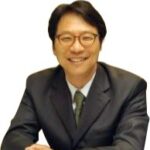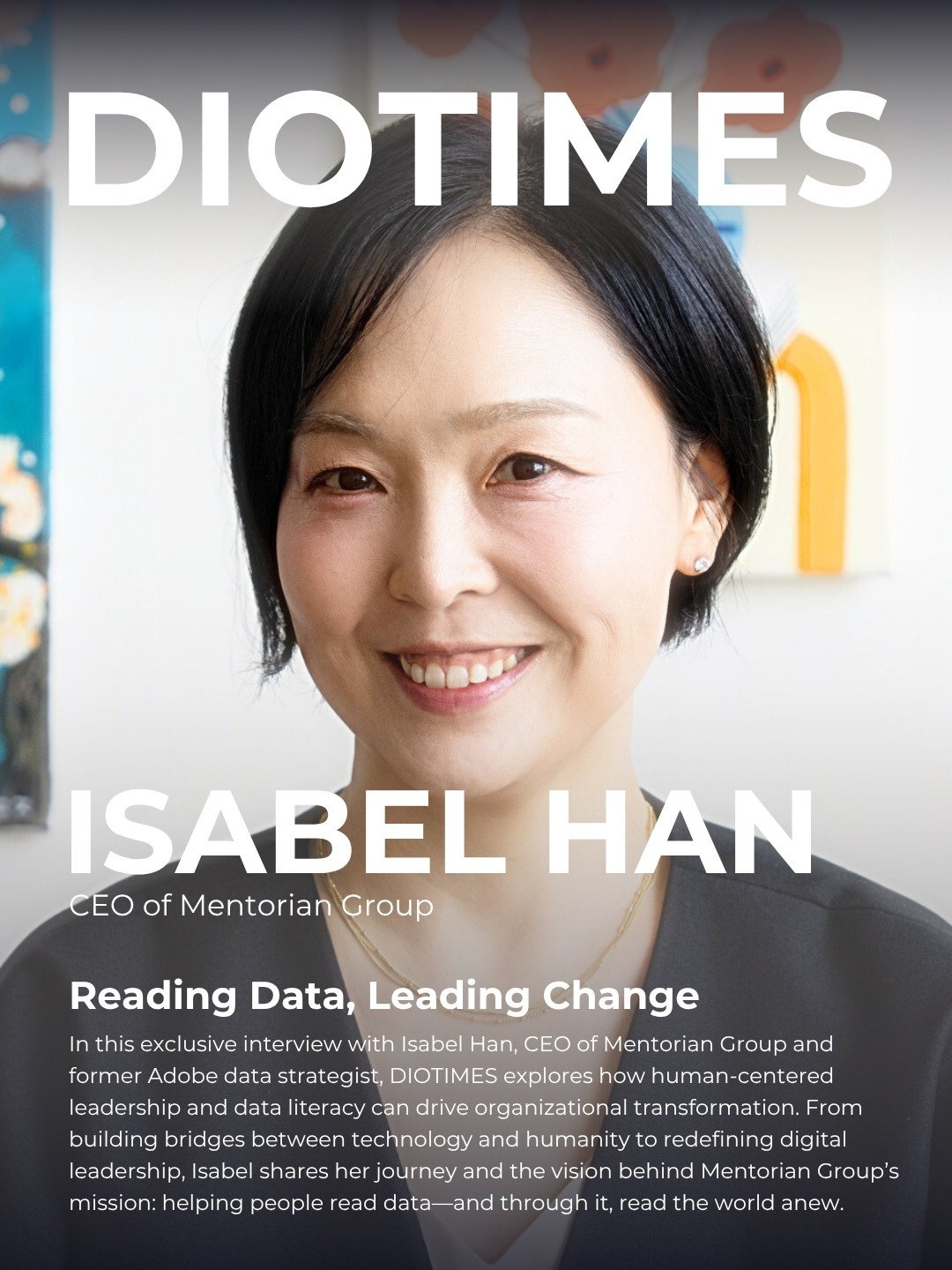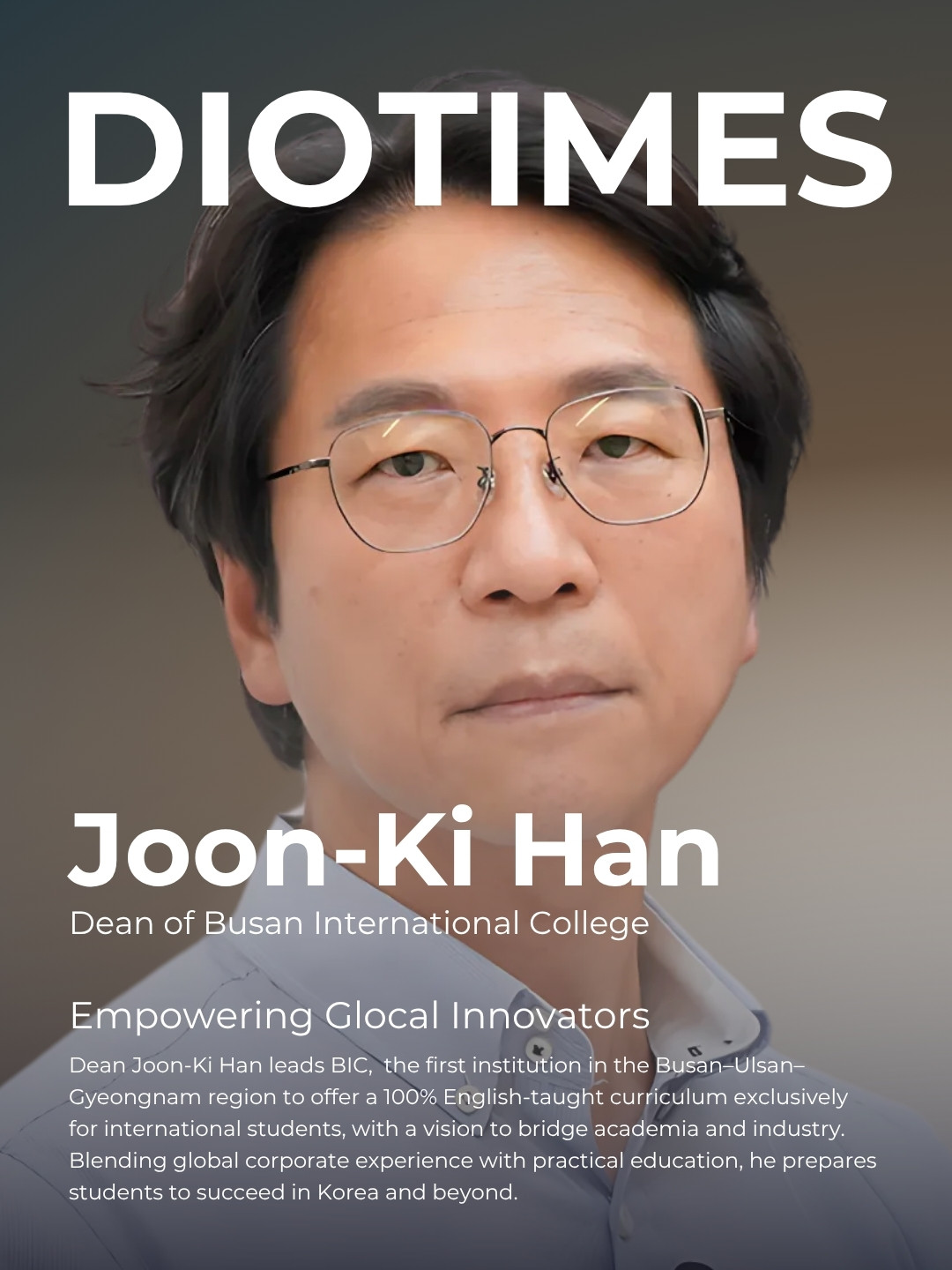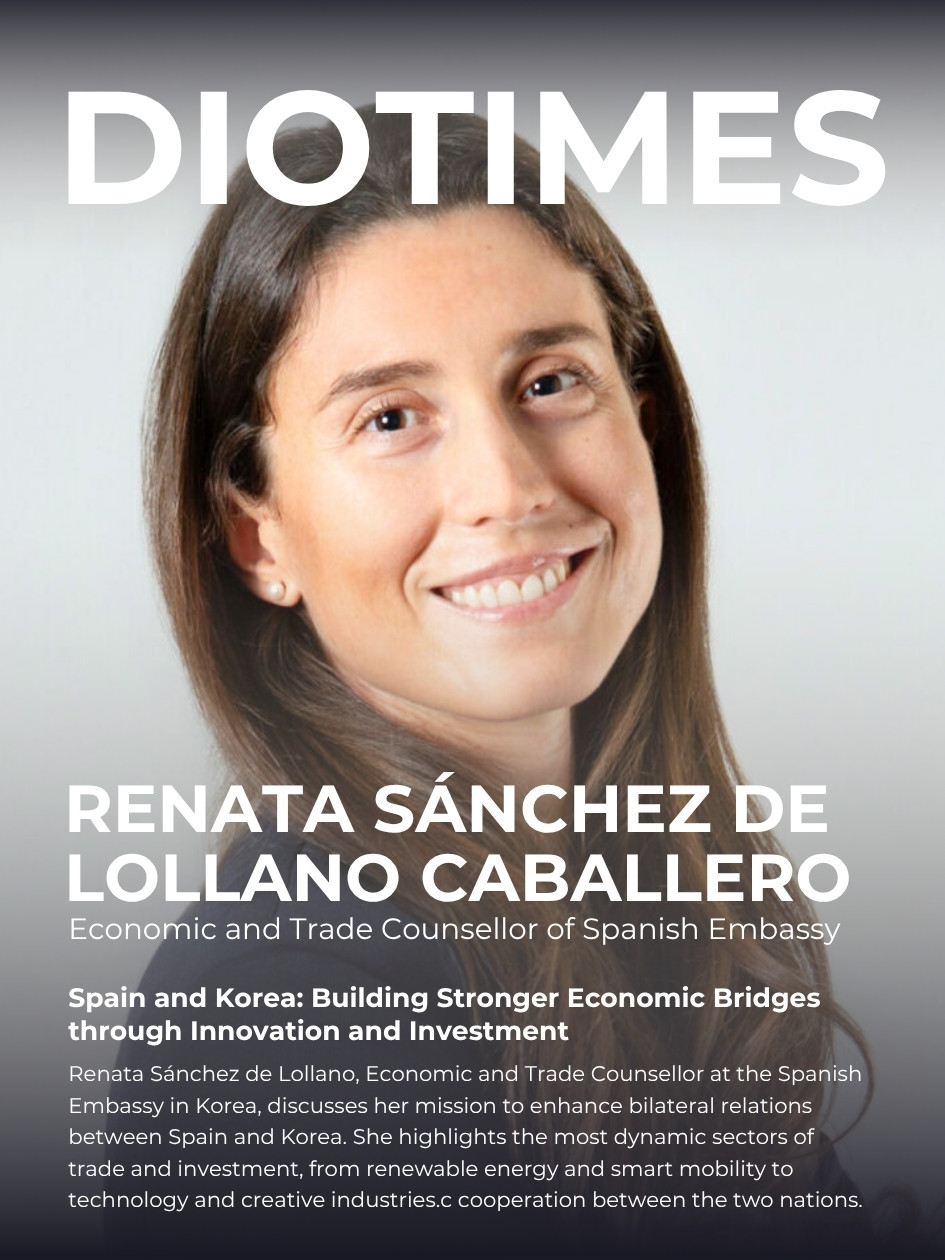As Korea rapidly becomes one of the most aged societies in the world, its labor market is on the verge of a profound transformation. Newly elected President Lee Jae-myung has pledged to gradually extend the legal retirement age to 65. The administration plans to enact legislation by the end of this year, marking the start of a new era that will significantly impact human resource management (HRM) across the nation.
The Age of 65 Retirement: A Crossroads of Crisis and Opportunity
Extending the retirement age presents both challenges and opportunities. If managed effectively, it could help retain experienced talent and ensure the transfer of institutional knowledge, preserving organizational productivity and know-how. For businesses, this means a more stable and seasoned workforce. For older workers, it translates into improved income security and a better chance at preparing for a stable retirement, narrowing the “crevasse” of post-retirement income gaps. The result? Stronger motivation and higher engagement across the board.
However, the transition comes with inevitable costs. Most notably, labor costs will rise, especially if the current seniority-based pay system (ho-bong-je) remains unchanged. Companies may also face concerns about reduced youth employment opportunities. Although it’s not a zero-sum equation, extended tenures of older employees can affect the pace of new hires. Furthermore, generational conflicts within the workplace could deepen, leading to role congestion and potential loss of organizational dynamism.
Regardless of upcoming government measures, companies should proactively adapt HRM systems to ensure sustainable growth in this new environment.
Three Strategic Pillars for Organizational Readiness
To prepare for the coming shift, organizations should focus on three key strategies:
1. Career Management: Redesign for the Life Cycle
Career management must evolve beyond ad hoc planning. While some corporations have started initiatives for Millennial and Gen Z talent, few offer structured, life-cycle career development. Employers should reconceptualize older employees—not as high-cost placeholders but as internal consultants, project specialists, and mentors. This requires a growth mindset and investments in reskilling and upskilling programs. When done right, career development enhances employee engagement and boosts organizational productivity.
2. Performance Management: Fair, Flexible, Age-Neutral
To ease labor cost burdens and maintain fairness, companies must shift from seniority-based pay to a job- and performance-based system. This is a daunting change, but a necessary one. Korea’s labor market is already trending toward job-specific expertise and performance metrics. Rationalizing wage peak systems and redesigning performance evaluations for senior roles will help balance equity with cost efficiency, while supporting continuous organizational growth.
3. Cultural Management: From Coexistence to Generational Fusion
The future workplace will see 20-somethings and 60-somethings sharing office space. Beyond mere coexistence, companies must foster generational fusion—a culture that blends the wisdom of seniors with the tech-savviness and creativity of younger employees. Reverse mentoring programs, where young staff teach senior managers about digital trends, or cross-generational project teams, are practical methods to build mutual understanding and innovation. Embracing diversity must be a conscious cultural choice.
Global Benchmarks for Senior Empowerment
Countries like Japan and Germany provide valuable lessons. Japan’s “continued employment system” has allowed companies like Toyota to rehire retired master technicians as technical advisors, ensuring knowledge continuity. In Germany, ergonomically redesigned production environments for older workers led to a 7% increase in productivity, demonstrating that age-friendly design can enhance performance. These examples underline that flexibility and company-specific adaptation are key.
Sustainability Must Be the Core
With the new administration’s commitment, the age-65 retirement era is now inevitable. Korean companies face not just a policy shift but a pivotal transformation in HRM. The focus should not be on merely employing older workers longer, but on leveraging their value in a sustainable, systematized manner. The essential question must shift from “How do we resist retirement age extension?” to “How do we turn this national trend into competitive advantage?”
It is time to transform the senior dilemma into senior energy.






